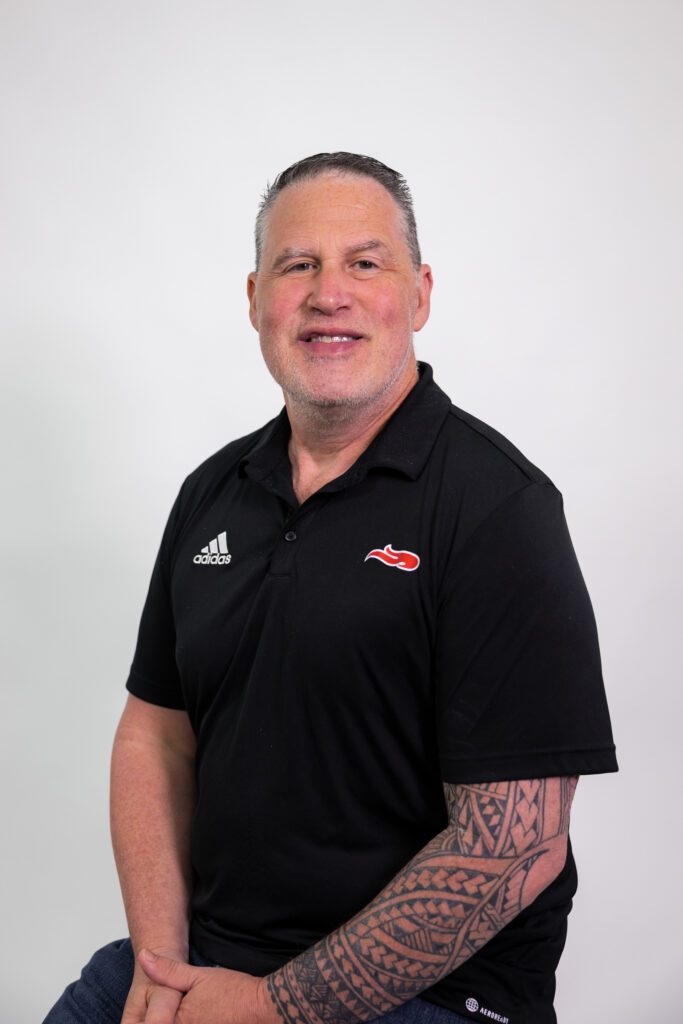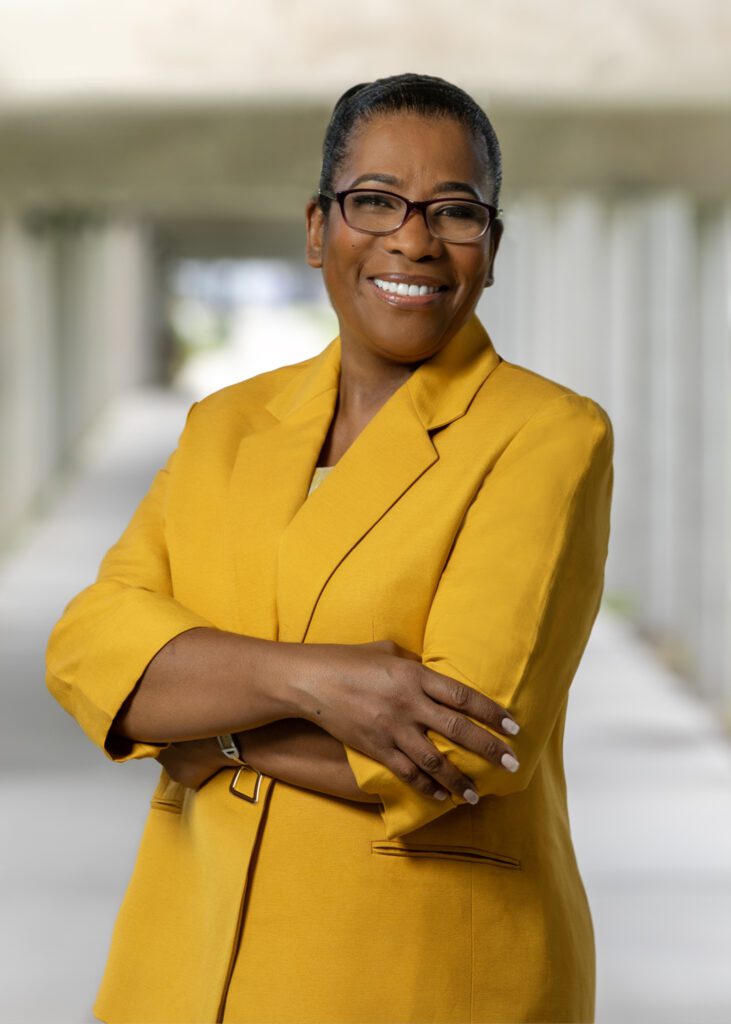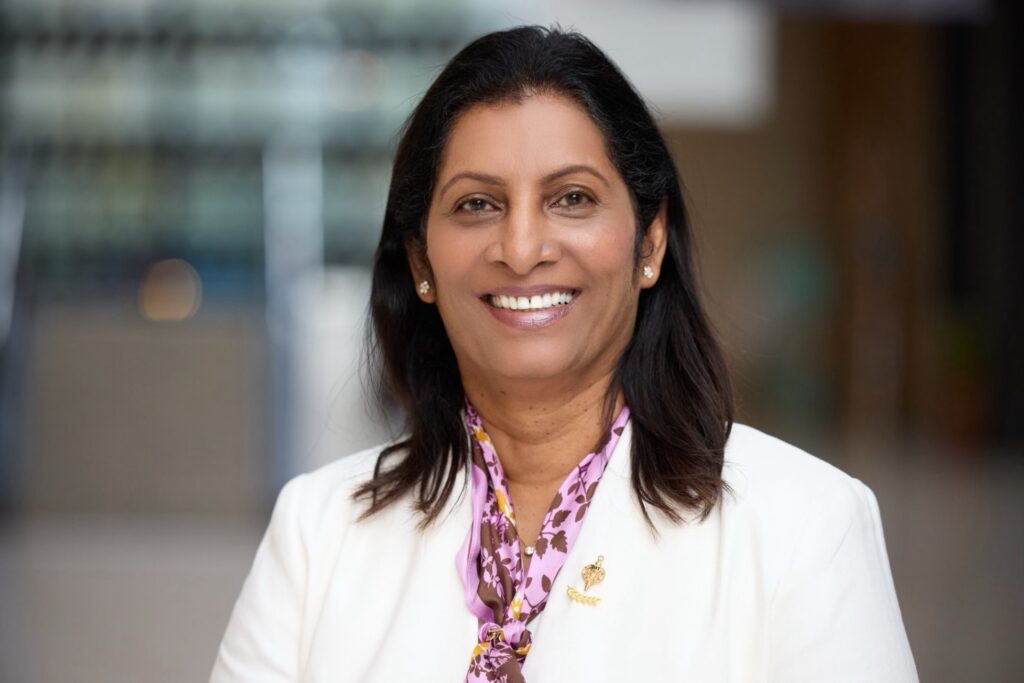Area Nursing Programs Tackling Nursing Shortage Head On
by REBEKAH PIERCE
With the rapid expansion of the healthcare sector in Central Florida, you’d think the number of nurses is booming right along with it. But it’s not, and that’s putting the pressure on nursing programs at area schools to recruit more students into the profession.
From 2022 to 2032, according to the U.S. Chamber of Commerce, the United States expects only 177,400 nurses to enter the workforce. That’s fewer than what’s needed to fill just one year of projected openings.
With nationwide nursing shortage alarms ringing at a fevered pitch, nursing programs are pulling out all the stops to lure potential candidates into the fold.
How the Nursing Shortage Is Impacting Central Florida
While it would be nice to assume that the nursing shortage is affecting only isolated parts of the country, the reality is that it’s coming quite close to home – even here in Polk County – and it’s having major, devastating effects.

“The nursing shortage impacts available beds, services, and overall patient care in Central Florida,” says Mark Reinhardt, Chief Nurse Administrator at Southeastern University.
Laly Joseph, dean and professor at Florida Southern College, echoes this sentiment, adding that several factors have contributed to this shortage, including, “an aging population resulting in an increased demand for healthcare services and the growing number of nurses nearing retirement age.”
In Polk County, Joseph emphasizes, the shortage is particularly challenging since the region is experiencing faster-than-average population growth. This has “outpaced the capacity of local healthcare facilities to staff adequately, leading to longer wait times for patients, increased workloads for existing staff, and potential declines in the quality of care.”
So what’s leading to the decline? It’s a complex issue, Joseph and Reinhardt both agree. One of the biggest issues starts at the root – Reinhardt has linked the nursing shortage to the corresponding shortage of nursing faculty, saying that many schools have reduced seats for nursing programs simply because they don’t have the faculty and clinical space to accommodate those students.
As a result, many schools have lengthy waitlists and some students aren’t able to secure spots in nursing courses even after they’ve already completed the prerequisites.
The pandemic didn’t help matters.
“While nursing is widely respected, it is often viewed as a demanding and emotionally taxing profession,” says Joseph. “The impact of the COVID-19 pandemic has highlighted the stress and burnout that nurses can experience, which may deter some individuals from pursuing this career path.”

Dr. Deleise Wilson, Polk State College’s dean of nursing, adds, “Bedside nursing, where most of the shortage is experienced, is now considered by new members of the profession to be transitional.” She clarified that many students are now using their nursing degrees as stepping stones to go into advanced nursing practice or academic degrees.
Simple Approaches to Complex Problems
Despite the challenges, Central Florida nursing programs are rallying to attract and graduate more nurses from their programs – and they’re succeeding. Wilson was proud to report that Polk State has seen its nursing program enrollment increase 60% from the fall of 2023 and spring 2024 semesters.
The key to their success lies in classic strategies, such as hiring additional faculty members, and more modern approaches, such as signing partnerships with regional healthcare institutions and leveraging technology to reach new students.
Polk State has partnered with several area facilities for new initiatives, including an endowment from AdventHealth to create a new Dean of Nursing position and an externship program for faculty sponsored by BayCare. The school also now offers a fully online Bachelor of Science in Nursing program for registered nurses and is currently building the area’s first public higher education interdisciplinary simulation hospital.
Other schools have adopted similar solutions. At Florida Southern College, a First-Year Learning Community brings together new nursing students to foster a sense of community, offering resources like social events, group study sessions, and other gatherings. The school has formed its own valuable industry partnerships as well, including one with Lakeland Regional Medical Center for a summer internship program.
Over at Southeastern University, the master’s program in nursing is also now fully online. University representatives are showing up in full force for career days at local hospitals and schools, and partnering with organizations like Lakeland Regional Health and BayCare Winter Haven to spread awareness of their programs.
Working Together for the Common Good
At face value, these solutions seem to be more technologically focused and innovative than ever. After all, challenging problems call for some serious creative thinking.
But when you take a closer look, it’s clear that Central Florida’s schools are addressing these problems in the same way they always have. By focusing on the student experience, program administrators are building community, enhancing collaboration, and improving student outcomes.

“By expanding access, building strong partnerships, supporting our students, and embracing innovative learning tools,” Joseph says, “we are confident that we can help mitigate the nursing shortage and contribute to the development of a robust, skilled nursing workforce for the future.”
